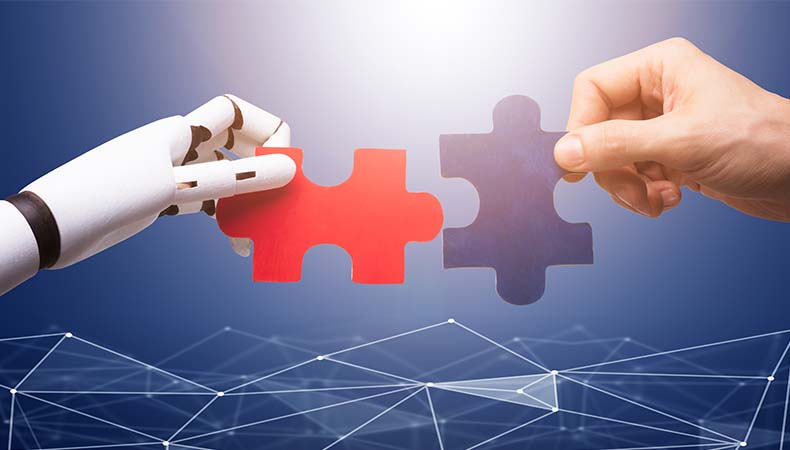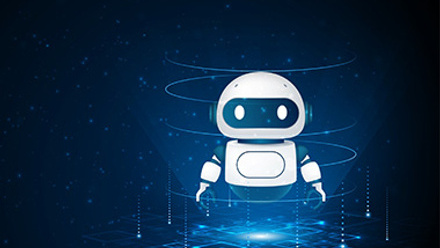The future of benefits navigation: Merging digital with the human experience
Despite years of investment, employers still struggle to connect people with the right benefits support at the right time.
It’s not just about what’s offered, but how easily employees can find and use those benefits when they need them most.
Why benefits matter and why they’ve been falling short
At their best, benefits support employees through major life moments: growing families, financial uncertainty, illness, or mental health challenges.
But too often, the delivery of these benefits is reactive, complex, and disconnected from the real needs of the people they’re meant to serve.
Common challenges include:
- Underused support, especially in mental health due to stigma and confusion
- Overlapping services that leave employees unsure where to turn
- Poor timing, with support focused on enrolment, not everyday needs
Meanwhile, costs keep rising - particularly for healthcare - forcing HR teams to justify spend without a clear way to demonstrate impact.
The shift from offering benefits to navigating them
The real opportunity isn’t in offering more benefits, it’s in helping employees use what’s already there. That’s where benefits technology steps in.
Modern platforms now go far beyond enrolment.
They serve as active guides, supporting employees throughout the year, not just at renewal time.
It’s a move from:
- Static menus → dynamic journeys
- Annual decisions → timely guidance
- Generic info → personalised support
- “Help me choose” → “Help me use”
By simplifying navigation, these tools empower people to make confident, informed decisions - exactly when they need support.
Real-world example: Untangling complexity
Take a common scenario: an employee dealing with persistent back pain.
Without support, they might default to a costly private medical insurance (PMI) claim.
But a smart platform could flag NHS physio options first, or suggest employer-provided services like ergonomic assessments or income protection.
The result is faster care, reduced costs and more appropriate use of resources, for both the employee and the business.
Smarter, more personalised experiences with AI
Bringing AI into the equation supercharges this experience - boosting personalisation, recommendations, and overall benefit usage.
But AI alone isn’t enough. Context matters.
Without human expertise, AI risks becoming just another chatbot offering generic advice.
“The technology is already available through the streamlining of admin tasks and automation of repetitive actions such as processing claims, compliance checks or supporting communications,” said Ben Warren, managing director, head of Digital and AI Transformation, Communication Consulting at Gallagher.
“However, the business culture and management of change is playing catch up to the technology and so the power lies in combining AI with specialist consulting insight.”
AI can identify when someone might be approaching burnout and prompt relevant wellbeing tools before a crisis hits.
It can tailor communication to neurodiverse employees or those who prefer visuals over text.
These aren’t future predictions - they’re happening now.
“It’s important to remember the human-AI collaboration within workflows,” said Warren.
"AI has its limitations and doesn’t understand aspects such as empathy, deep nuance and complex context, critical components within benefits utilisation, meaning human oversight and support is required to provide strategic guidance throughout.”
Tangible business impact
Smarter benefits navigation doesn’t just improve experience—it delivers measurable results:
For employees:
- Easier access to support boosts wellbeing
- Confidence in using benefits increases engagement and trust
- Personalised help signals that their employer genuinely cares
For employers:
- Better utilisation improves ROI
- Simplified navigation reduces misdirected claims
- HR time is freed for strategic work
- Positive experiences support recruitment and retention
It’s not about adding complexity - it’s about removing it.
What’s next for benefits tech?
We’re only beginning to realise the potential. The next wave of benefits platforms will act as proactive wellbeing partners—anticipating needs, not just responding to them.Emerging innovations include:
- Predictive models that flag support needs early
- AI copilots for HR, recommending interventions and informing benefit design
- Experiences that adapt to language, tone and accessibility preferences
- Ecosystems that integrate with NHS services, financial tools and more
The aim isn’t to replace people - it’s to amplify their reach and ensure timely, relevant, accessible support.
“Despite a proliferation of tools and growing investment, AI adoption is still largely concentrated in IT and marketing,” said Warren.
“That leaves a major opportunity for HR to close the gap - using AI not just to streamline tasks, but to amplify impact and reduce business risk.”
Cultural change starts now
Technology can scale support - but culture builds trust.
As digital-native employees expect more intuitive, personalised experiences at work, HR must adapt.
That means:
- Designing benefit experiences around navigation - not just provision
- Embedding empathy and inclusion into every stage of the journey
- Positioning benefits as core to wellbeing and productivity - not just perks
We’re entering a new era where success isn’t defined by what’s offered, but by how effectively it’s delivered and used.
With the right tech - powered by AI and grounded in human expertise - organisations can finally fulfil the promise of employee benefits: meaningful support that improves lives and drives business success.
Supplied by REBA Associate Member, Gallagher
Gallagher is a global, integrated HR consulting, benefits administration & technology services provider.








